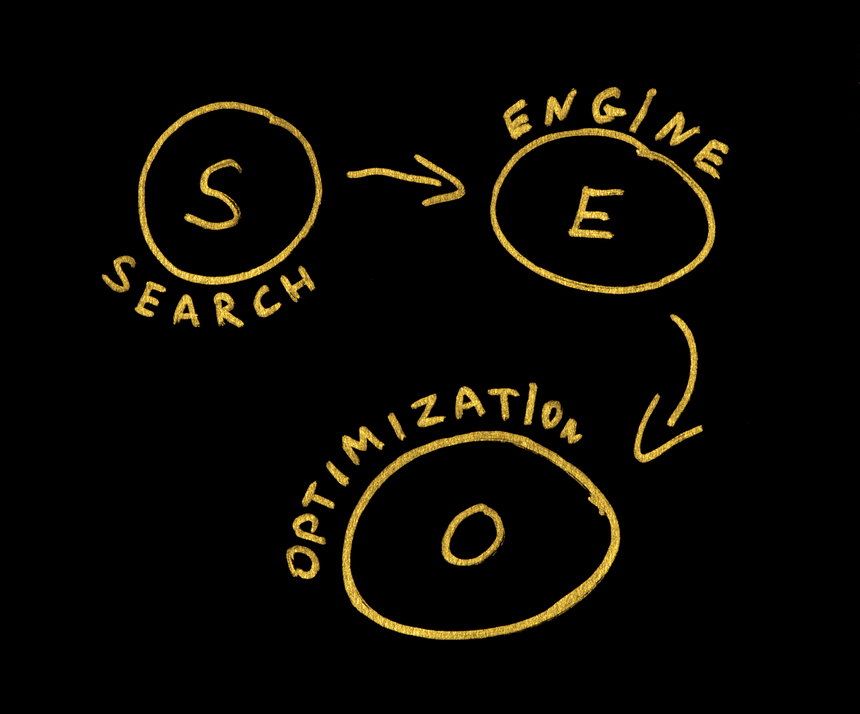SEO (Search Engine Optimization) is a major building block of any successful online business.
It’s how you get your website and business more visibility online, helping to increase traffic and sales for your products or services.
But what exactly is SEO, and how does SEO work? To put it simply, SEO involves tactics to ensure that search engines like Google find and index your web pages correctly.
To understand the basics of SEO, here are the different elements of it.
Free SEO Certification Course from the HubSpot Academy
How Does SEO Work?
 SEO involves a lot more than just slapping some keywords onto a page. But when done correctly, the rewards are great.
SEO involves a lot more than just slapping some keywords onto a page. But when done correctly, the rewards are great.
For an SEO strategy to be effective, it needs regular maintenance and updates due to changing algorithms and user behavior. Without this upkeep, your rankings can quickly drop off as other websites overtake you in the search engine results pages (SERPs).
Below are 6 ways to start implementing your SEO strategy. You’ll be able to get your website more visibility online and attract more customers ready to buy what you’re selling.
1. Keyword Research
Before optimizing anything on your website, keyword research must be done first. This involves researching what keywords people are searching for related to your industry or niche and then finding out the best ones to incorporate into your content. It will also help you find keywords with less competition, making it easier for your web pages to get ranked higher in the search engine results pages (SERPs).
2. On-page Optimization
Once you know what keywords you want to use comes on-page optimization. This includes optimizing page titles, meta descriptions, and headings with those keywords and ensuring that all images and videos are tagged with relevant information. Of course, all these elements need to be done correctly for maximum SEO benefit.
3. Content Creation
Creating great content is essential for SEO success. Search engines love informative, original content that provides readers value. Therefore, content should be keyword optimized from start to finish and include internal links to other relevant pages on your website.
4. Link-Building
Search engines also like to see that your website is linked to other credible websites. This is why link-building is so important. This involves creating relationships with other sites and connecting them to yours. It takes time and effort because it’s not about exchanging links but building readership and an audience. However, it’s worth it in the long run, as good links help improve ranking positions.
5. SEO Monitoring
Once you have implemented SEO tactics on your website, it’s vital that you monitor progress and make changes as needed. Analyzing traffic data, keyword rankings, backlinks, and more will give you an idea of what’s working and what isn’t so that improvements be made for better performance.
6. Technical SEO
Finally, technical SEO includes ensuring that your website loads quickly, is mobile-friendly, and free from any errors or bugs. It’s also essential to have a well-structured website with proper URL structure, XML sitemaps, and structured data in place. All these elements help search engines understand your content better and make it easier for them to index your pages properly.
Free SEO Certification Course
Search engine optimization (SEO) is the process of improving your website to increase visibility on popular search engines such as Google and Bing.
If you want to implement a solid SEO strategy, you’ll be rewarded with increased visibility, higher-quality traffic, and lower costs per acquisition. However, remember that competition exists, updates are required, and implementation takes time.
To learn more on how does SEO work, check out this free SEO Certification Course from the HubSpot Academy where you’ll learn all things SEO, including website optimization, link building, keyword research, and much more.

